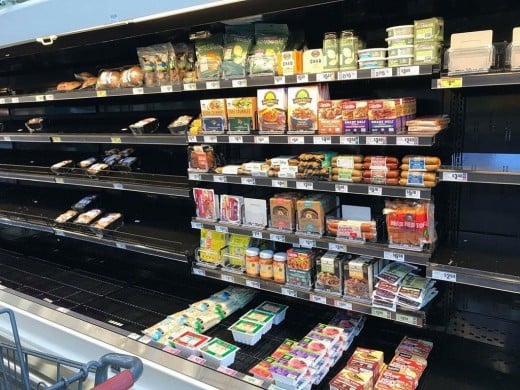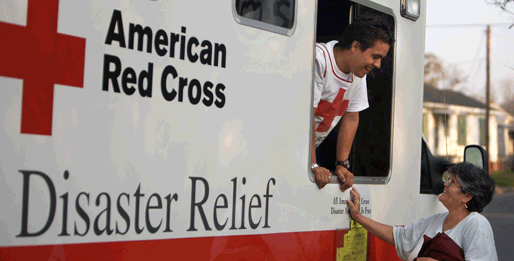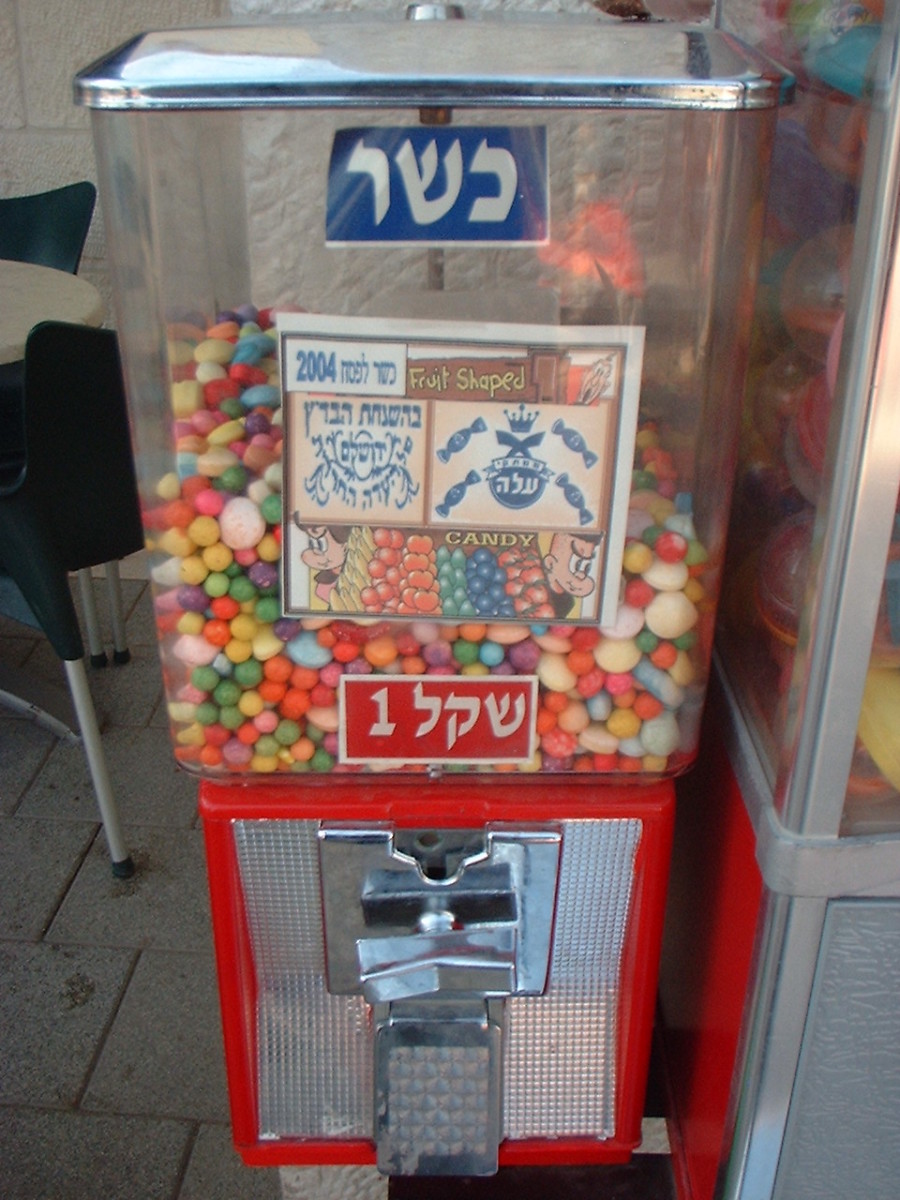Food Preparation Skills Needed During a Crisis

In Extreme Cases You Can Only Survive Three Hours Without Shelter, Three Days Without Water, And Only Three Weeks Without Food, But
There is more to surviving a crisis than simply stockpiling supplies. A healthy adult can expect to survive up to three weeks without food, however it is a long and tumultuous three weeks. Once you realize food is scarce, you immediately think of food of course, and thus the hunger pangs begin.
Food provides nourishment, and you should never discount the psychological effect of food on yourself and others, as well. A hot meal is something everyone can look forward to during a crisis.
Yes, water and shelter is by far more important initially however, food seems to always be the focus during a crisis, such as becoming lost in the woods, or when a household or community experiences a power outage.
Never Overlook the Psychological Effect
Once someone realizes food may not be available, or in limited quantities, they naturally become hungry and if there is food available it tends to be consumed more quickly during the first few days. You have to plan for this, by having enough stockpiled and have a plan for meal preparations.
People tend to eat more during a crisis, and because of the probable increase in physical actively your body will require an increase in calories and vitamins, as well as, essential minerals, all of which will be depleted more quickly during times of stress.
Food is Essential to Long Term Survival
If you find yourself in a crisis, such as a power outage, which only lasts for a few hours you will survive.
However, a long-term power outage caused by tornadoes, earthquakes or hurricanes, for example, will ruin any perishables you may have in the refrigerator or freezer. Ice storms, heavy blizzards and floods can also disrupt your community's infrastructure to the point where you are cut off from the rest of the world. This means you cannot run out to the local grocery for essentials. Additionally, most homes at this point will not have the means to cook food.
Once the power goes out you can expect the food in your refrigerator to last up to six hours under ideal conditions. How long your food lasts depends on how much food is in the refrigerator, (the more the better), and of course, how often the door is opened,the age of the appliance, and the ambient air temperature.
Perishables must be stored at 40 degrees Fahrenheit or 4.4 degrees Celsius or lower to prevent the growth of harmful bacteria. Once perishables have been exposed to temperatures above 40 degrees or 4.4 degrees respectively, harmful bacteria begins to grow. Foods in the freezer can be expected to last up to 48 hours.
If you feel quite certain the crisis is for an extended period, you should begin to remove items that will spoil. Eat what you can if that is possible. Otherwise, if it has been close to six hours you should remove all dairy products, eggs, processed cold cuts and so forth. Juice drinks can remain on the counter to be used for hydration.
Breads can be removed from the wrappers to retard moisture buildup. Let the bread go somewhat stale to prevent mold growth. Produce should be removed and you can wipe away any condensation to keep the product fresh. Produce can remain out of refrigeration for extended periods.
Your goal is to remove all products from the refrigerator because, leaving things to spoil will create odors and bacteria growth.
Avoid bagging up items for waste. The sanitation department may not collect the garbage for weeks or longer so attempt to bury or if you need to bag up items place the items as far from your home or shelter as possible.
Spoiled foods will attract pests such as mice, rats and insects not to mention four legged predators
Preparation Is the key to Surviving a Sustained Power Outage
There are things that can be done to help you and your family weather any crisis. Baked breads can last between three and five days. Toasted breads can last for weeks or even months in many cases. The reason for this is the moisture has been removed. Bacteria, and molds need moisture to breed and survive, therefore removing the moisture from any food products will inhibit the growth. Dehydrated foods are an excellent example of foods that can last literally for years without refrigeration.
Canned goods have an extended shelf life. Cans that do not have obvious bulges in them are typically safe to consume. Bulges in canned products indicate a bacterium is growing. The growth will create gases that will swell the can to bursting.
Once canned vegetables are opened do not waste the juice from the can, the liquid can be used for hydration. During a crisis, water must be used wisely.
You Can Make Some Perishables Foods Shelf Stable
You can dry meat, which will give it a shelf life of several weeks if it is prepared properly. To dry meat cut one-quarter inch wide strips from relatively lean meats. Cut with the grain to prevent the meat from falling apart once dried. You can dry meat in an oven, over an open fire, in an electric smoker or charcoal smoker. The temperature surrounding the meat must be maintained at 200 degrees Fahrenheit or 93 degrees Celsius.
The longer you dry the meat the longer it will last out of refrigeration. Drying meat for 24 hours will give the meat about a one-week shelf life. Drying up to 48 hours or longer and your meat can last up to two weeks.
Remove all fat from the meat before drying. The fat will not dry properly and it will go rancid in a few days or less. The key to preserving meats is removing all the moisture. Lay the strips side by side without overlapping the pieces. The heated air must be able to circulate around the meat. Once the meat becomes somewhat brittle, it is done. You can soak the meat in brine prior to drying it to add flavor.
What Is a Brine?
Brine is typically water, sugar and/or salt with spices of your choice such as whole peppercorns, cloves and so forth. Soak the meat for up to 24 hours then cut into strips. If drying with smoke and heat you will obtain a better product.
Smoke will help preserve the meat and extract moisture faster, and it will add flavor. Your objective is not to cook the meat but to remove all moisture. Do not use flames to dry the meat.
Planning is Crucial to Surviving
With a little thought, you can come up with a variety of products that can be stored without refrigeration that can be consumed during a crisis. Keep in mind some disasters may result in the destruction of your home. Stockpiling large amounts of supplies in one place may result in the loss of those supplies if your home is damaged in some way.
You must have a way of providing yourself and family with water and food. Sources of water that can be purified include swimming pools, lakes, backyard water features and even hot tubs. The water will have to be purified before consuming however, by boiling or some other accepted method.
You can cook using your gas grill, smoker, charcoal grill or over an open flame. Do not use any cooking device other than an electric one in an enclosed space. Devices that cannot be used include propane camp stoves, small hibachi grills or any other device that uses wood, camp fuel, kerosene or charcoal.









